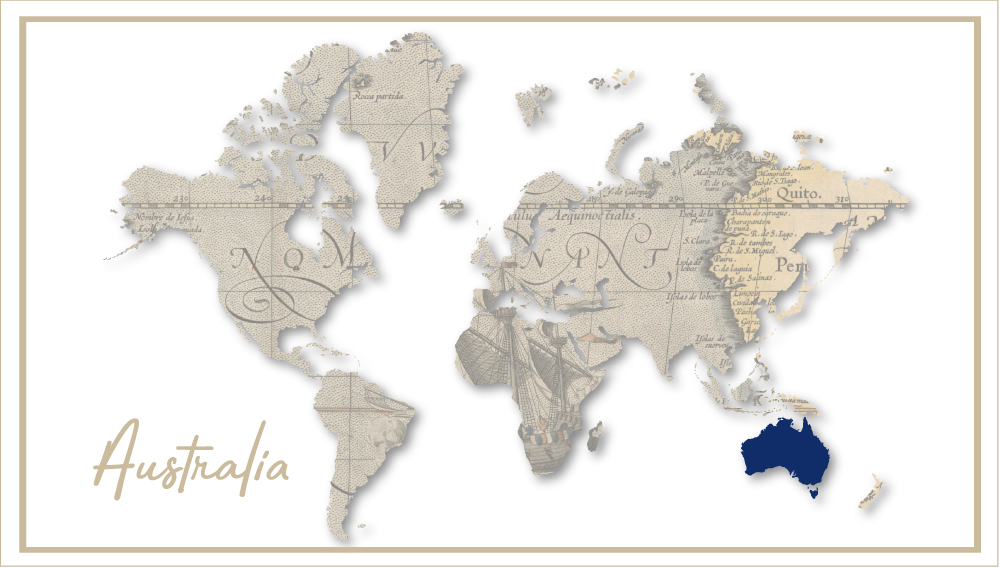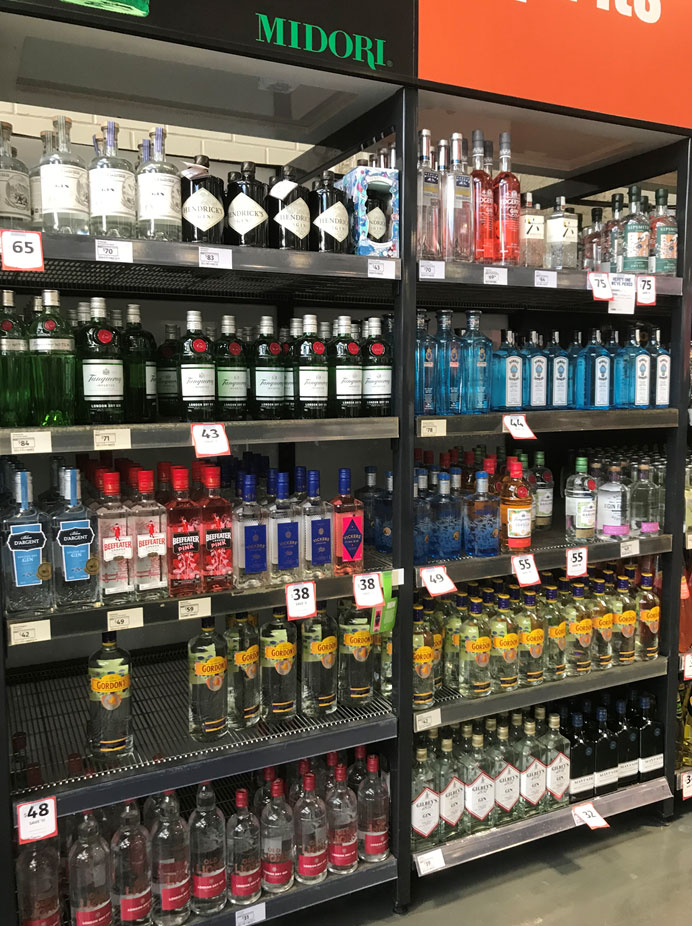Local botanicals and flavours help drive South Australia’s gin trend
Everybody is talking about gin. And drinking it, too. On a recent visit to Adelaide, I was taken to Ambleside Distillers in Hahndorf, a tourist town about 20 minutes by car away from Adelaide.
It was Friday lunchtime when four young women arrived. Call me naïve, but I assumed they had come to enjoy some snacks and the view from the tasting room before they would pick up their kids from school. My friends chided me for being so old-fashioned. These days dads also do the school run, I was told. And sure enough, their gin cocktails soon started arriving and a good time was had by all.
Like many craft distilleries, Ambleside is a family affair. It was founded by parents Steve and Trudy Dickson and their son Matt and his partner Bella last year. The story goes that Matt lived in London a decade ago just when gin was becoming an on-trend thing there. Upon returning to Hahndorf he persuaded his parents to set up a small-batch gin distillery. That Matt’s parents are in on this venture is typical of craft distilling. They are probably “still changers” – mid or late career people looking to change to something they want to do or, having retired early with a large superannuation fund, wanting to do something purposeful.
Cleverly, they called their distillery Ambleside. Most people in Adelaide will remember the origins of this name. Though founded by German settlers in the early 19th century, Hahndorf was renamed Ambleside during World War I following strong anti-German sentiments. However, it was changed back to Hahndorf in 1935 as part of South Australia’s centenary celebrations.
At Ambleside they distil three different types of gin. The Big Dry Gin is a classic dry gin style with jalapeno. The No. 8 Botanical Gin showcases South Australian oranges and classic botanicals. The Small Acre Gin has 12 ingredients including some produce from their distillery garden. A Gin&Tonic made with Small Acre Gin was served with a twig of thyme, which I thought a nice touch.
In Australia, craft gins do not come cheap. A 375 ml bottle of Small Acre Gin costs AUD 42 (USD 30). Elsewhere, expect to splash out AUD 12 (USD 8.50) for a Gin&Tonic and AUD 15-18 (USD 13) for a Martini. Then again, spirits are fairly pricey in Australia. That is because the taxman pockets about AUD 30 (USD 21) in various taxes on a 500 ml bottle of gin which retails between AUD 70 and AUD 80 (USD 57).
The current craze for craft gins was certainly triggered by Australia’s burgeoning craft beer industry. There are more than 450 craft breweries nationwide compared with only 140 distilleries, but in terms of numbers distilleries are picking up quickly as “booze tourism” (for lack of a nicer term) is very popular these days. Whether in West Australia (Perth), Victoria (Melbourne) or New South Wales (Sydney), locals and tourists alike enjoy visiting wineries and breweries as a pastime. So why not put a distillery or two on your itinerary if you are out touring?
The beauty of gin production is twofold. One, setting up a distillery is much more affordable than building a brewery, and two, gin’s loose definition allows for plenty of experimentation with ingredients, especially indigenous botanicals. “Gin is easy to understand,” says the Tassie Beer Doctor Evan Evens. “You do not have to age it for years like whisky. Therefore, you can get your cashflow going immediately.” Also, the process is fairly straightforward. You can buy 98 proof ethanol from plenty of sources (at Ambleside they use locally produced ethanol made from grapes, which seems more appealing to consumers than ethanol made from grains, yet tastes the same) and all you need to do is infuse it with a few botanicals and you have gin. “You can then take your time with the whisky and still stay solvent”, he added.
Incidentally, a real hotbed for distilleries seems to be Tasmania. Home to only 500,000 people, the island today sports 35 distilleries. The first distillery was Bill Lark’s operation, which was established in the late 1980s. As explains Dr Evans, “Bill was one of the people who operated on the assumption that the higher the water, the higher ones’ own boat would float. So Bill helped a lot of people. This is why there are so many distilleries in and around Hobart, the capital.” Tasmania has a nice Whisky Trail, too. taswhiskytrail.com
Tasmanian whiskies have been winning prizes in competitions around the world, not least because the climate around Hobart is perfect for barrel aging: distinct cool and warm seasons, relatively high humidity. Very much like Scotland’s, says Dr Evans, if you allow for a distance of over 17,000 km between the two.



